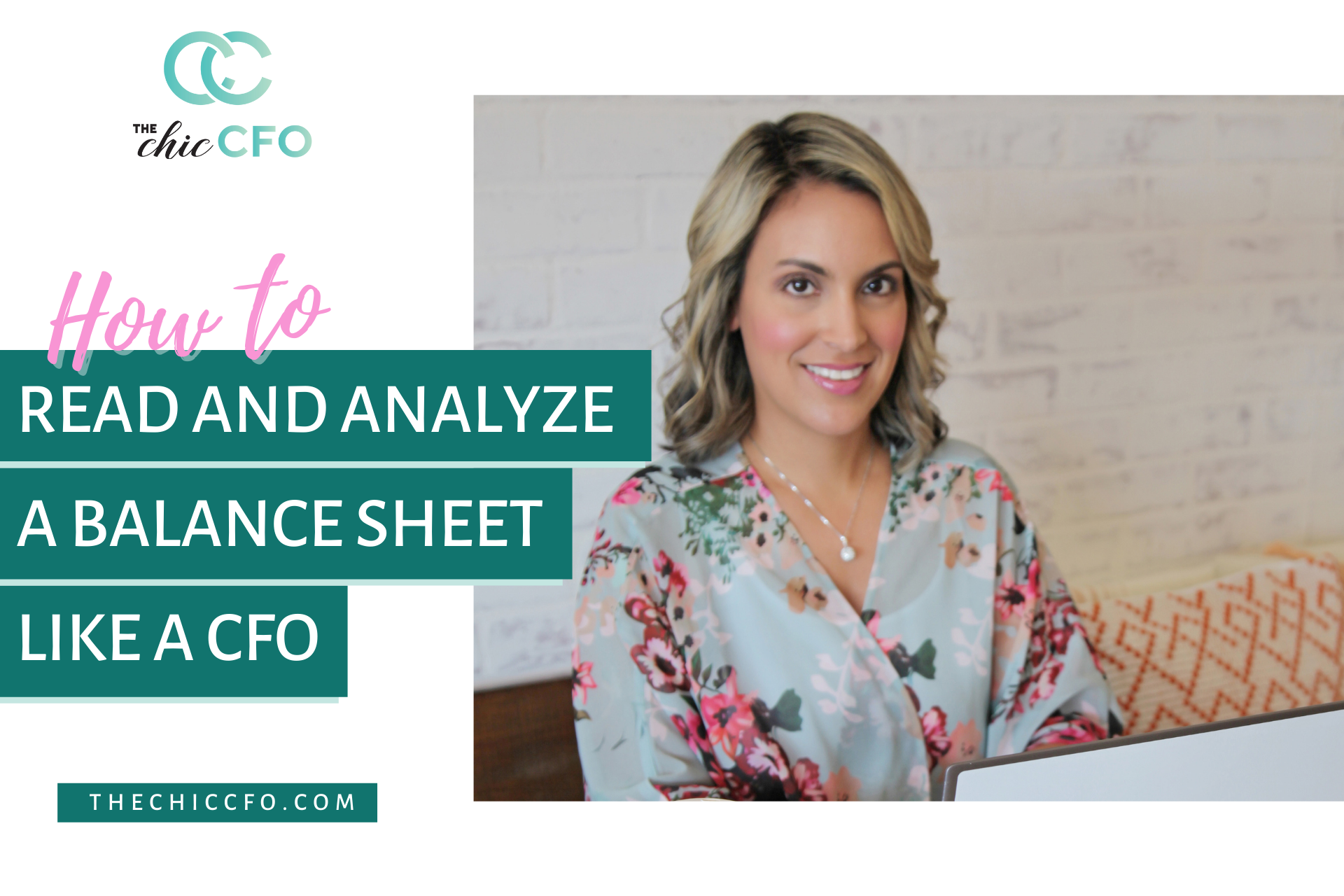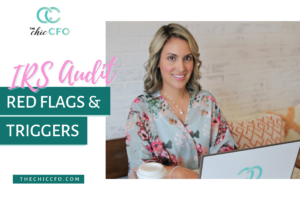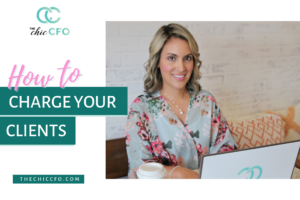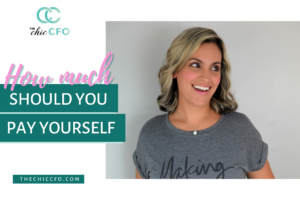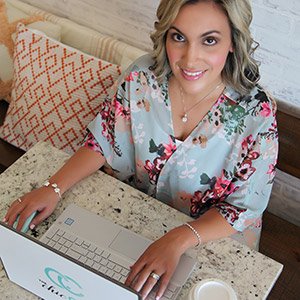This is the second in my 3-part series on Financial Literacy (and you can read Part One here).
I strongly believe – and am living proof – that financial literacy can change your life. Being able to read and understand financial statements is a huge cornerstone of that.
Financial statements tell the true story of what’s really happening in your business. They’re imperative to the profitability and success of your company.
But they can be overwhelming. That’s why I have put together this series, so make sure to subscribe to my YouTube channel to catch all three parts!
So, what on earth is a balance sheet?
Simply, a balance sheet is a record of what you OWN, what you OWE, and the ownership interest in your company.
I like to use analogies to help clarify some of these financial terms, so think of it in terms of your home.
What you own is the value of your house.
What you owe is the balance of your outstanding mortgage.
Your ownership interest is the equity in your house (the difference between the value and what you still owe).
Or, in business: assets, liabilities and equity.
The actual balance sheet equation is this:
Assets equals Liability and Equity
When I step in to take a look at a company that has a pretty strong grasp of their bookkeeping, I still find that 95% of the time, the balance sheet is wrong.
Breaking down the terminology
ASSETS are everything in your business that you own, and LIABILITIES are everything that you owe. These can be further broken down into:
- Current (life expectancy of a year, e.g. the cash in your bank account or your sales tax)
- Long term (life expectancy of more than a year, e.g. a 5-year business loan or a vehicle purchased for your business)
EQUITY is a combination of what you paid into your business, and what you took out.
If you paid $50,000 into your company last year, but took $60,000 out then you’re up! But if those numbers are reversed, then you have a problem.
We are supposed to be getting paid from our businesses, so if you’re putting in more than you’re taking out, you need to get to the bottom of why. A balance sheet is going to help you figure that out.
A balance sheet will also include accounts receivable (money owed TO you) and accounts payable (money YOU owe) – this will help with the overall view of your business finances.
Your balance sheet gives you a high-level picture
It is calculating the overall worth of your business.
If you analyzed all your Profit and Loss statements and discovered you’d made $10K, you’d be celebrating. But if your balance sheet shows that you still owe $100K in loans, that would be a more accurate picture of where your business is at.
If your business is profitable, you want it to always be profitable. Not just ad hoc. The balance sheet shows you whether you’re on that path.
I am going to talk you through an example balance sheet, using the free Quickbooks Online Demo. If you want to follow along in real time, you can watch my YouTube video.
Looking at Assets
An asset in your business is anything that belongs to you (even if you might not actually have it yet…)
Current Assets are things you can convert to cash within a year:
- Bank accounts
- Accounts Receivable (invoices you’ve sent that haven’t yet been paid)
- Undeposited funds (a client has paid but the money hasn’t cleared into your account yet)
- Inventory that you’re hoping to sell within the year
Fixed (long-term) Assets are the things your business owns that you plan to use to generate revenue in the long term. This could be a van you bought for your mobile dog-grooming business, or machines to use in your cleaning business.
These are the things you’ve made an investment in, with hopes of continued income.
Understanding Liabilities
In contrast, a liability is something you owe from your business. Like assets, they can be separated into Current and Long-Term.
A current liability is any bills due within the next year. Your business credit card payment, or your sales tax*
*Disclaimer: If you are not entering any bills into your accounting software, it’s going to look like you have no liabilities. Get them entered!
Your long-term liabilities are those things you’re going to owe for longer than a year, such as a 5-year business loan.
Where does Equity fit in?
Your equity is the balance of the money you paid in and the money you took out of your business. The Quickbooks Online demo shows the fictional company owner put a lot more into the business than he took out. He’s got negative equity, and needs to earn another $7700 to just break even.
Is it costing you money to be in business?
If you only rely on profit and loss statements, it’s easy to see you’ve had a profitable month.
I want you to be profitable all the time. Your balance sheet is going to show you the full picture of whether you actually have a profitable business or not.
If you’re in debt, or you’re putting money into your business from your personal account (and we’ve all done it) but not taking more back out, you don’t have a profitable business.
What should you do now?
I know the concept of a balance sheet can be overwhelming, but I don’t want you to be put off by the details. My YouTube video gives you a live walk-through.
If you’re not outsourcing your finances, then you can’t just be the CEO of your company; you need to also be the CFO. My three-part series on financial literacy is going to help you along the way.
As always, please reach out to me on Instagram with any questions, if you want to learn more about financial literacy, or you’re interested in handing over the reins!

